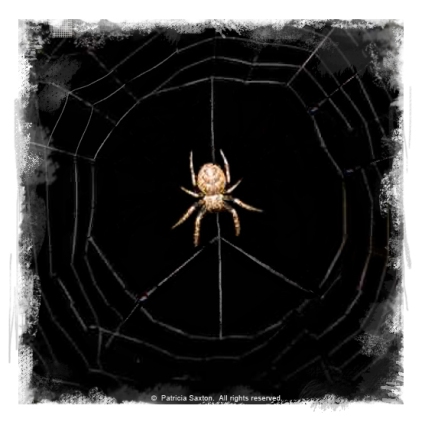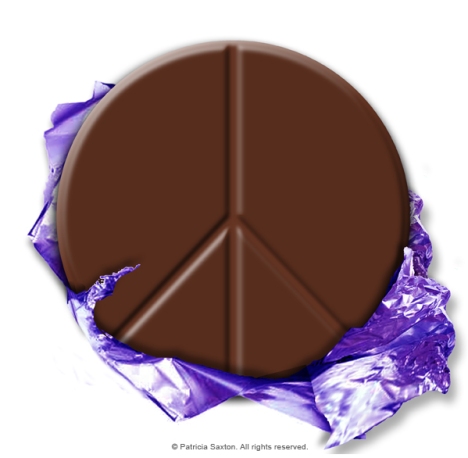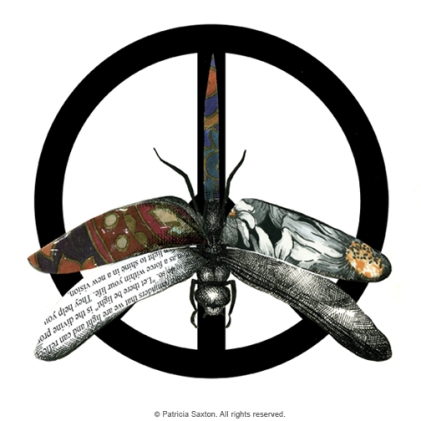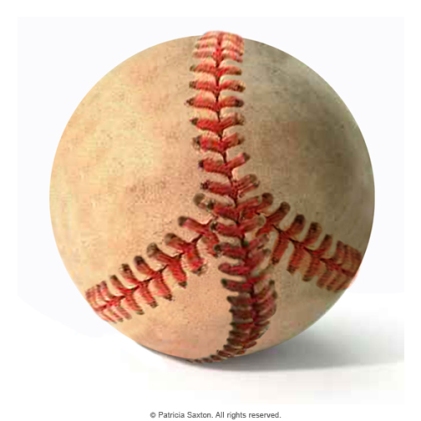Week 11: "52 Weeks of Peace"
Roll it, twist, bake, salt to taste … and snack in peace.
 Reminder: All weeks of peace are shown together on the “52 Weeks of Peace” tab above.
Reminder: All weeks of peace are shown together on the “52 Weeks of Peace” tab above.
Roll it, twist, bake, salt to taste … and snack in peace.
 Reminder: All weeks of peace are shown together on the “52 Weeks of Peace” tab above.
Reminder: All weeks of peace are shown together on the “52 Weeks of Peace” tab above.
What if you could just press a button? When things are a little out of control, messy, chaotic, loud. You’re climbing the walls. You just want a little peace. … Where’s that button when you need it? Search, search …where’s the darn thing … a-ha! you’ve found it. You press the bright, happy button. Presto! Calm instantly billows forth. Serenity lights your path. People of all ages are kind, gentle, compassionate.
It’s a fun idea.
But… maybe there IS a button – theoretically – inside each one of us, that we CAN press for peace. Inner peace. Which is where it all begins anyway. Maybe you can train you mind to obey your command of “be still”. Maybe you can create that light, just with thought. Focused, intentional thought. Maybe it’s worth a try. If it lasts only a few seconds, well that’s something, and a better place to go forward from.

Note: Weekly peace images are displayed (as a unit) under the “52 Weeks of Peace” tab above, where there is also a more detailed description of the series.

Note: Weekly peace images are displayed (as a unit) under the “52 Weeks of Peace” tab above, where there is also a more detailed description of the series.
 Note: Weekly peace images are displayed (as a unit) under the “52 Weeks of Peace” tab above, where there is also a more detailed description of the series.
Note: Weekly peace images are displayed (as a unit) under the “52 Weeks of Peace” tab above, where there is also a more detailed description of the series.

Note: Weekly peace images are displayed (as a unit) under the “52 Weeks of Peace” tab above, where there is also a more detailed description of the series.

Note: Weekly peace images are displayed (as a unit) under the “52 Weeks of Peace” tab above, where there is also a more detailed description of the series.

Note: Weekly peace images are displayed (as a unit) under the “52 Weeks of Peace” tab above, where there is also a more detailed description of the series.
Kentucky artist Charlie Kratzer transformed his basement using $10 worth of Sharpie markers. Now that’s creative!

Note: Weekly peace images are displayed (as a unit) under the “52 Weeks of Peace” tab above, where there is also a more detailed description of the series.


